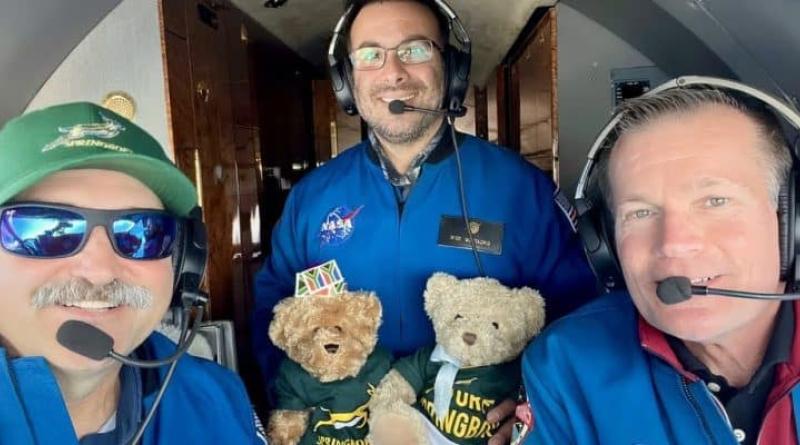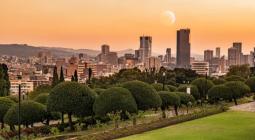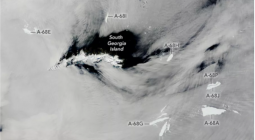SOUTH AFRICA: NASA space mission maps Cape Town’s biodiversity

In South Africa, the American space agency NASA is bringing together academics and engineers to map the floristic potential of the city of Cape Town, which is suffering from human and climatic pressures. The mission should allow better monitoring of this unique biodiversity which is home, for example, to 660 of the 860 species of Erica (heather plants used for the treatment of infections) in the world.
Between November and December 2023, the American space agency NASA is carrying out a mission in the air in South Africa. The objective is to map the Greater Cape Floristic Region which covers an area of 553,000 hectares. The natural site is one of 36 biodiversity hotspots in the world (areas with very diverse but also endangered vegetation, Editor's note). To be clearer, 1,400 plant species are increasingly rare or threatened by human pressure and global warming.
“BioScape is a combination of airborne remote sensing and extensive field work. "Field work covers vegetation studies, measuring plant characteristics such as leaf spectral signatures and physicochemical properties ," explains Jasper Slingsby, senior lecturer in Plant Ecology and Global Change Biology at the University of Cap.
The Cape Town Biodiversity Survey (BioSCape) is therefore expected to collect essential data to develop new conservation strategies. The team is made up of several scientists, including American researchers. These include, for example, Cherie Forbes and Adam Wilson from the University of Buffalo in New York, as well as Stephan Bellamy from Vanderbilt University, which is also the 14th best in the United States of America.
Financing the space mission
They have a common goal, that of halting the loss of biodiversity across the world and protecting nature's contributions to people. Concretely, remote sensing data collected both by satellite and by aircraft will make it possible to respond effectively to harmful algal blooms which negatively affect fishing and fresh water supplies. Also, NASA astronauts will be able to monitor the spread of invasive species which “modify fire regimes and worsen droughts” , according to academicians.
Such progress is expensive. This is why the BioSCape is co-funded by the American government to the tune of 200 million South African rands ($10.8 million) and by the National Research Foundation (NRF) of South Africa which has already invested 20 million South African rands, or $1 million. The United Nations Educational, Scientific and Cultural Organization (UNESCO), which promotes the preservation of ecosystems, has for its part granted 500,000 South African rands ($27,000) to finance awareness and awareness activities. Capacity Building.





